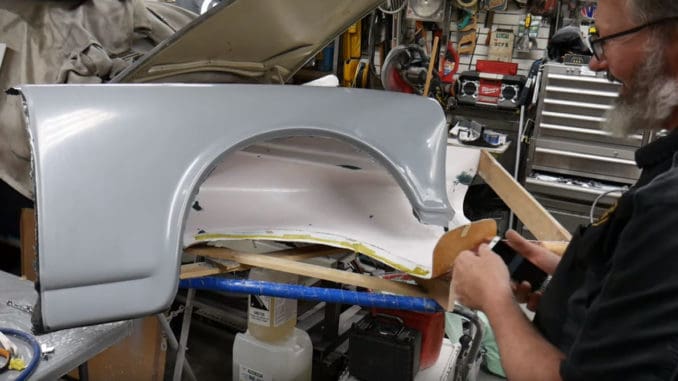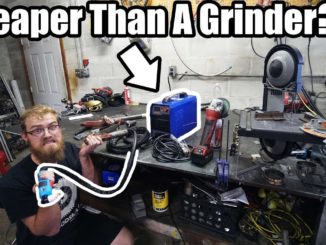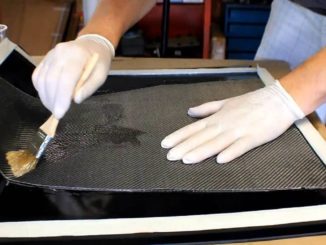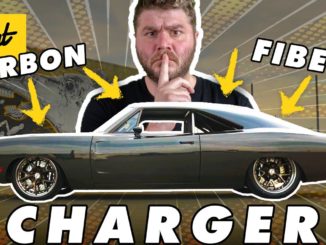
Craig Coburn of Throttle Stop Garage makes some carbon fiber body parts for his Volvo Amazon project, and he does not spare any details…
When I started my car build, I had no intention of making carbon fiber parts. None. Carbon fiber was for race cars or for six-figure builds. Not for a Canadian building an old Volvo Amazon in his garage.
When my steel fenders turned out to be full of bondo and had more holes than a block of Swiss cheese, and my hood and trunk were dented and a bit of a mess, I decided to give making carbon fiber parts a try.
My initial research resulted in the inevitable drink from the firehose of knowledge that is the Internet but with the result being that I was left without much useful information.
Is making carbon fiber a dark-art? Not really — it’s just hard to get good advice.
I’d never made a fiberglass mold before and had no idea how to do any of this – I’m just a hot rodder working in his garage. Sound familiar?
After a lot of starts and stops, I’ve put together a few videos on how to get a project like this done. I didn’t spare any detail that you will need. I got some excellent advice from Composite Envisions in Wisconsin.
Making Fiberglass Molds for Carbon Fiber Infusion
First up, I made molds of all the parts I needed: Fenders, hood and finally the trunk. I filmed the trunk as by this time, I had gained enough experience in what not to do that it was worth sharing…
The Basics of Carbon Fiber Epoxy Infusion
Next up was the daunting process of making a resin-infused carbon fiber part. This is the same process used in race cars, aircraft, and yacht building.
You don’t need an autoclave or a lot of fancy equipment. Just a vacuum pump, some inexpensive materials to build a vacuum bag and a lot of determination.
Once I got the vacuum bag to seal, the infusion process was very straight forward, but these were only small parts. Simple tests. The sort of thing that if they fail, it only takes a small hole in the yard to burry…
DIY Carbon Fiber Fenders
The big test was making the fenders. I should have started with a much more simple part. These fenders have a lot of curves, undercut areas and sharp details. A real nightmare.
The molds were some of my first efforts and needless to say, they left a lot to be desired. Every detail is how I decided to present this work. Why you use certain weaves, how to maximize strength and minimize weight.
The result is a full carbon fiber set of fenders for my project. They turned out great! They also weigh 6 pounds (2.8 kg) compared to the stock fenders at around 22 lbs (10 kg). Carbon parts are shockingly light, stiff and strong.
If I can do it – you can do it…
DIY Carbon Fiber Fenders: Part 2 ~ Finishing the Job
Parts and Materials Used from Composite Envisions
- Carbon Fiber 5 Harness Satin F-2212
- Hexcel HiMax Carbon Fiber Biaxial +- 45°
- Commercial Grade Carbon Fiber 2 X 2 Twill 3K 2″ Tape
- Pro-Set INF-114 Infusion Epoxy with INF-212 Slow Hardener
- Freekote 700-NC – Release agent
- Freekote FMS – Mold sealer
- Mycell PVC Foam Core (6.5 mm)
- Airtech Stretchlon 800 bagging film
- Airtech AT200Y Tacky Tape
- Composite Envisions Green Resin Flow Medium
- EnkaFusion CX-1000 Flow medium spacer
- Airtech Bleeder Lease B Coated Peel Ply.
- Duratec Grey VE Primer




